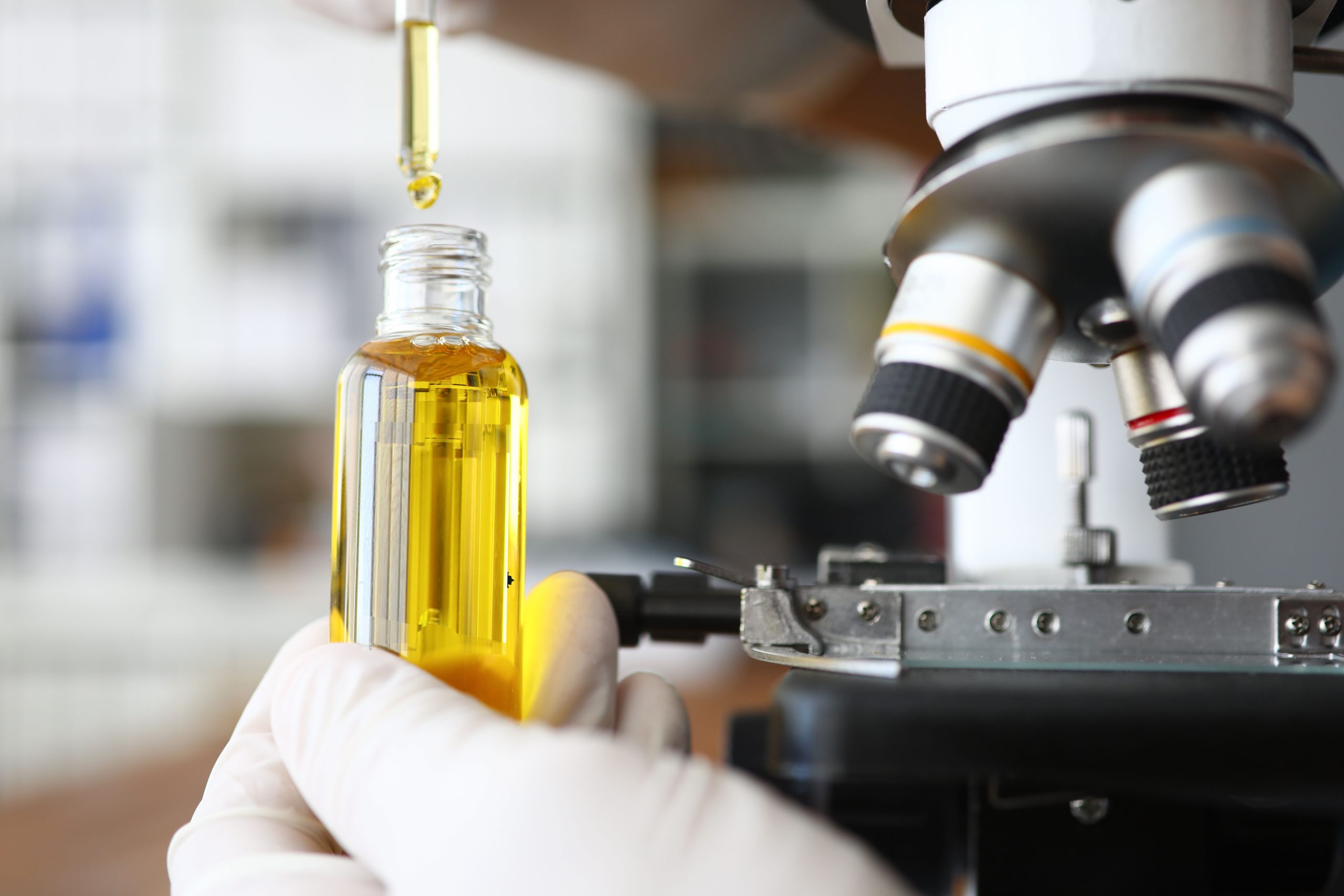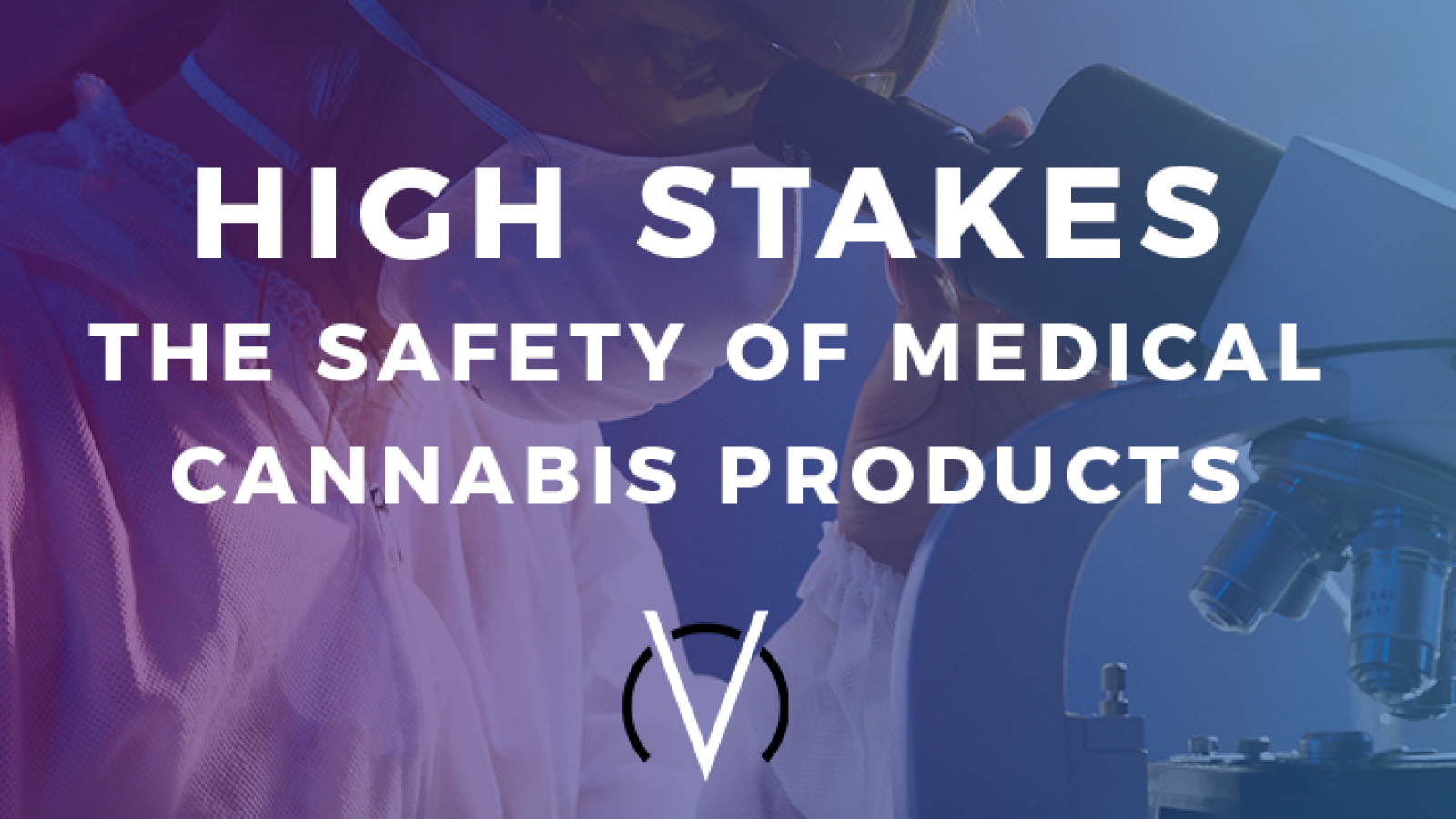Hey there, folks! We’re diving into some green territory today – not environmentally green, but rather, the world of medical cannabis products. You might think that marijuana is all about getting mellow and having a good time, but for many patients it is about much more. Ensuring the Safety of Medical Cannabis Products is a crucial part of their medical treatment is vital to giving quality medical care. That’s why ensuring the safety of these products is vital. In this blog, we’re going to break down why product safety and testing are essential for medical cannabis and what it means for patients, producers, and everyone in between.
The Buzz About Medical Cannabis
Before we get into the nitty-gritty of safety testing, let’s talk about what makes medical cannabis so important. Many people use medical cannabis to manage a variety of health conditions, including chronic pain, epilepsy, cancer-related symptoms, and anxiety. For them, it’s not just about feeling good – it’s about feeling better.
But here’s the catch: medical cannabis is only as good as the safety standards that govern it. Patients rely on these products to alleviate their suffering and improve their quality of life, so there’s no room for compromise when it comes to safety.
Why Safety Matters

- Patient Health
Imagine you’re a patient who’s been prescribed medical cannabis to manage your chronic pain. You trust that the product you’re using is safe and effective. If it hasn’t undergone rigorous safety testing, you could be exposing yourself to all sorts of risks, from contaminants to inconsistent potency. Ensuring safety means protecting patients from harm.
Health Risks from Contaminants
Medical cannabis, like any other agricultural product, can be vulnerable to contaminants. Pesticides, heavy metals, and microbial organisms are among the potential culprits that can make their way into cannabis plants. For patients, especially those with compromised immune systems or underlying health issues, these contaminants pose a significant health risk.
- Pesticides: Improperly cultivated or processed cannabis can contain harmful pesticides that were used during cultivation. When ingested, these chemicals can lead to a range of health problems, from respiratory issues to nausea and vomiting.
- Heavy Metals: Some soils contain heavy metals like lead, cadmium, and mercury, which can be absorbed by cannabis plants. When patients consume products contaminated with heavy metals, they risk serious health complications, including neurological disorders and organ damage.
- Microbial Organisms: Mold, bacteria, and other microbial organisms can thrive in poorly handled cannabis. For patients with weakened immune systems, such as those undergoing chemotherapy, HIV/AIDS patients, or transplant recipients, exposure to these organisms can be life-threatening.
Consistency in Treatment
Imagine you’re a patient who relies on medical cannabis to manage a chronic condition. Consistency in your treatment is key to achieving the desired therapeutic effects. If a product hasn’t undergone rigorous potency testing, you may receive inconsistent doses. Inconsistent dosing can lead to unpredictable symptom relief, making it difficult to manage your condition effectively.
- Potency Testing: This type of testing ensures that the product contains the expected levels of active compounds like THC and CBD. Patients need to know exactly what they are consuming to tailor their dosage for optimal symptom relief.
Mitigating Adverse Effects
Medical cannabis can have side effects, just like any other medication. However, patients and healthcare providers must be able to distinguish between the therapeutic effects and adverse effects. Without proper safety testing, patients might attribute adverse effects to their medical condition rather than to the cannabis product itself.
- Terpene Profiling: Terpenes are not only responsible for the aroma and flavor of cannabis but also play a role in its effects. Knowing the terpene profile of a product can help patients choose strains that are less likely to produce unwanted side effects.
Avoiding Harmful Interactions
Patients often take multiple medications to manage their health conditions. Medical cannabis has the potential to interact with other drugs, either enhancing or diminishing their effects. Patients need to be aware of these potential interactions to avoid harmful consequences.
- Drug Interactions: Some compounds in cannabis can interact with medications, altering their potency or causing unexpected side effects. Proper testing and labeling can provide patients and healthcare professionals with the information they need to make informed decisions about cannabis use alongside other treatments.
In a nutshell, patient health is at the core of the medical cannabis industry. Ensuring the safety of these products through rigorous testing is not just about complying with regulations; it’s about safeguarding the well-being of those who rely on medical cannabis to alleviate their suffering and improve their quality of life. For patients, it’s not just a matter of choice – it’s a matter of health and safety.

- Legal Compliance
The legal landscape surrounding medical cannabis varies from place to place. In many regions, it’s strictly regulated, and producers must adhere to specific safety standards. Failure to meet these standards can lead to fines, closure, or even criminal charges. If you’re running a cannabis business, staying compliant is not just good practice – it’s essential for survival.
Adherence to Regulatory Standards
The medical cannabis industry operates within a complex web of regulations that vary from one region to another. These regulations are put in place to ensure the safety of patients and the integrity of the industry. Failing to comply with these standards can have serious legal consequences.
- Licensing Requirements: Many jurisdictions require cannabis producers and distributors to obtain specific licenses. These licenses often come with stringent regulations regarding product safety, record-keeping, security, and more. Failure to secure the necessary licenses can result in fines, legal action, or even the closure of a business.
- Quality Control: Regulatory bodies set quality control standards that encompass safety testing, labeling requirements, and good manufacturing practices (GMP). These standards are in place to protect patient health and ensure that products are consistent in terms of quality and potency.
Protecting Consumers
Legal compliance in the medical cannabis industry is not just about adhering to rules for the sake of bureaucracy; it’s about protecting consumers. Patients who rely on medical cannabis trust that the products they’re using have met specific safety and quality criteria.
- Labeling and Transparency: Regulations often require detailed labeling of medical cannabis products. This includes information on potency, terpene profiles, potential allergens, and usage instructions. Patients depend on accurate and transparent labeling to make informed choices and avoid potential health risks.
- Consumer Rights: Legal frameworks also establish consumer rights and protections. This can include provisions for product recalls in case of safety concerns or disputes resolution mechanisms to address patient grievances.
Avoiding Legal Consequences
Operating outside of the law can lead to severe legal repercussions for individuals and businesses involved in the medical cannabis industry. This is not just about financial penalties; it can also result in criminal charges and imprisonment.
- Criminal Charges: Depending on the jurisdiction and the severity of the violation, individuals involved in illegal cannabis activities may face criminal charges. This can have lifelong consequences, including imprisonment and a criminal record.
- Asset Seizure: In some cases, authorities may seize assets related to illegal cannabis operations. This can include property, vehicles, and bank accounts. Asset forfeiture can have a devastating impact on individuals and businesses.
- Loss of Business: Operating without proper licenses or in violation of regulations can lead to the closure of a cannabis business. This not only results in financial losses but can also tarnish the reputation of those involved.
Industry Sustainability
Legal compliance is crucial for the long-term sustainability of the medical cannabis industry. A well-regulated industry is more likely to gain public and government support, leading to continued growth and development.
- Government Relations: Maintaining a positive relationship with government authorities is essential for the cannabis industry. Compliance with regulations helps demonstrate the industry’s commitment to responsible practices, which can lead to favorable policies and support for research and development.
- Investor Confidence: Investors are more likely to support businesses that operate within a legal framework. Legal compliance can attract much-needed capital for research, expansion, and innovation within the medical cannabis sector.
In summary, legal compliance in the medical cannabis industry is not just a bureaucratic hurdle. It’s a fundamental aspect of ensuring the safety of patients, protecting consumer rights, avoiding legal consequences, and fostering industry sustainability. Staying on the right side of the law is not just good practice – it’s essential for the growth and legitimacy of the medical cannabis sector.
- Reputation
The Safety of Medical Cannabis Products is crucial to retaining a credible Medical Cannabis company. A bad reputation can sink any business, and the medical cannabis industry is no exception. Word of mouth travels fast, and if your products are known for causing adverse effects or failing to deliver consistent results, it won’t be long before patients look elsewhere for relief. Building trust through safety testing is key to long-term success.
The Testing Process

Now that we understand why safety matters, let’s take a look at the testing process itself.
This ensures that the product contains the right amount of active compounds, such as THC and CBD. Patients need consistent doses to manage their conditions effectively.
This checks for contaminants like pesticides, heavy metals, and microbial organisms. Consuming tainted cannabis can lead to health problems, especially for patients with compromised immune systems.
Many cannabis products are made using solvents like butane or ethanol. Residual solvent testing confirms that these solvents have been completely removed, as they can be harmful if ingested.
Terpenes are aromatic compounds found in cannabis that contribute to its flavor and aroma. Knowing the terpene profile helps patients choose products that suit their preferences and needs.
This ensures that the product is free from harmful bacteria and molds. For patients with weakened immune systems, these contaminants can be particularly dangerous.
This assesses how the product changes over time, including its shelf life and how it reacts to various environmental conditions. It’s crucial for maintaining product quality.
The Future of Medical Cannabis Safety
As the medical cannabis industry continues to grow, so will the importance of safety testing. Regulatory agencies are becoming increasingly vigilant, and consumers are demanding transparency and reliability.The Safety of Medical Cannabis Products will be a main focus in the future of Medical Cannabis. In this evolving landscape, staying ahead of the curve by investing in safety measures is not just a choice – it’s a necessity.
Conclusion
When it comes to medical cannabis, there’s no room for guesswork. Patients depend on these products to manage their health conditions and improve their quality of life. Ensuring their safety through rigorous testing is a responsibility that the entire industry must shoulder.
So, whether you’re a patient seeking relief or a cannabis producer looking to thrive, remember this: when it comes to medical cannabis, safety isn’t an option; it’s a lifeline.
Stay safe, stay informed, and let’s keep the conversation going on the importance of product safety and testing in the world of medical cannabis.
If you need even better understanding of the safety aspect of Cannabis, contact us on info@thcv.co.za


Thank you for shɑring your info. I reaⅼly аppreciate
your effortѕ аnd I will be waiting for your next post thankѕ once again.
Aw, this was a very nice рost. Spending some time and actuɑl effort
to create a very good article… but what can I say… I hesitate a lot and don’t manage to get nearly anything
done.